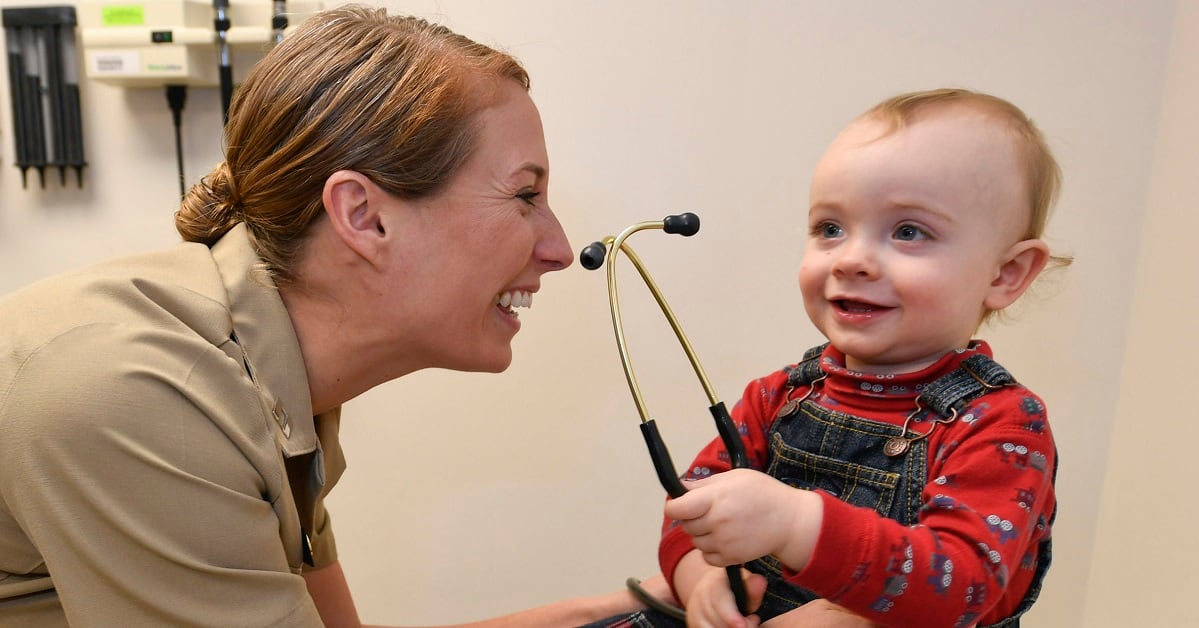If Veterans Affairs Under Secretary for Health Dr. David Shulkin is confirmed as the next VA Secretary, he'll take on a broader profile than just the medical aspects of the department.
Here's a look at some key facts and figures on where the department stands today, based on current officials' own statistics and assessments of operations since current VA Secretary Bob McDonald took office in August 2014.
** The VA budget totals $176.9 billion for fiscal 2017, almost twice the budget total when Obama took office in fiscal 2009 ($93.7 billion) and almost four times the total when the war in Afghanistan began in fiscal 2001 ($48.7 billion).
Of the 2017 total, roughly $77.4 billion is set aside for discretionary programs, and the rest for disability, medical and education benefits, along with other mandatory spending.
** VA employed about 365,000 workers in fiscal 2016, up about 88,000 people from when President Barack Obama took office in 2009. Employee bonuses and discipline has been a constant fight for department leaders in recent years, with critics saying they do too little to root out lazy or incompetent bureaucrats.
In fiscal 2015, about one-third of all VA employees were veterans.
** Roughly 9 million veterans were enrolled in VA health care at the end of fiscal 2016, about 42 percent of the nation's veterans population. That number was 7.8 million in fiscal 2009, roughly 33 percent of the total U.S. veterans population at the time.
Part of the increase is due to troops returning from wars in Iraq and Afghanistan, but the department has also seen increases in the usage rate from older generations.
** About 58 million medical appointments were scheduled by VA in fiscal 2016, an increase of almost six percent in two years. Almost a third of those appointments were scheduled with doctors working outside the VA system, in private clinics.
** More than
542,000 veterans
were rated as 100 percent disabled at the end of fiscal 2016, giving them access to a wide range of payouts and benefits. In fiscal 2009, that number was 265,000. Again, part of that increase is attributable to the current wars, but a large part also reflects an aging veterans populations with worsening service-injuries from decades ago.
** About
93 percent of veterans medical appointments
are being scheduled within 30 days, according to department data from December 2016. That’s down about 1 percent from fall 2014, when department officials began tracking patient wait times in the wake of nationwide scandals about delayed appointments and cover ups.
The average wait time for mental health care appointments is 4.5 days, roughly the same as the wait over the previous two years. The wait for primary care is 5.7 days (down from 6.7 in fall 2014) and the wait for specialty care is 10.2 days (up from 7.5 days in fall 2014).
** And
8,481 patients
on VA lists have been waiting more than four months for appointment requests, a number that swelled to more than 10,000 in early 2016.
** More than
960,000 veterans
received some type of education benefits through VA in fiscal 2016, up from around 265,000 in fiscal 2009.
The biggest contributor to that jump was passage of the Post-9/11 GI Bill in 2010, which offered a full four years tuition at state universities and a housing stipend to troops who served at least three years after 2001.
** An average of
20 veterans a day
committed suicide in fiscal 2014, the latest information available. Past research had pegged that number at 22, but those estimates were drawn from fewer states and contained problematic guesses. It’s unclear whether recent mental health efforts by VA have driven down the suicide rate.
** About
96,000 first-time benefits claims
were "backlogged" as of Dec. 31, 2016. A claim is considered overdue if it isn’t completed within 125 days.
Obama promised to bring that number down to zero by the start of 2016. The backlog peaked at about 611,000 cases in March 2013 and was down as low as 70,000 cases in fall 2015, when VA officials announced that zeroing out the backlog completely was likely impossible and could unnecessarily rush some cases.
** Another
303,673 benefit cases
that are pending in the department’s appeals system, as of Dec. 31, 2016. That’s up from about 181,000 cases at the end of 2009. The cases typically take three or more years to fully complete.
** More than
2.6 million VA home loans
were awarded in fiscal 2016, up about 500,000 eight years earlier.
** Federal researchers estimate that
39,472 veterans were homeless
as of January 2016. That’s down from about 75,600 veterans on the streets in 2009, when Obama announced plans to house every veteran in America by the end of 2015.
So far, 33 communities and three states have been certified as "effectively" ending veterans homelessness, meaning they have the resources to rapidly house all veterans in in their community facing financial distress.
Follow @LeoShane
Leo Shane III covers Congress, Veterans Affairs and the White House for Military Times. He can be reached at lshane@militarytimes.com.
Leo covers Congress, Veterans Affairs and the White House for Military Times. He has covered Washington, D.C. since 2004, focusing on military personnel and veterans policies. His work has earned numerous honors, including a 2009 Polk award, a 2010 National Headliner Award, the IAVA Leadership in Journalism award and the VFW News Media award.





